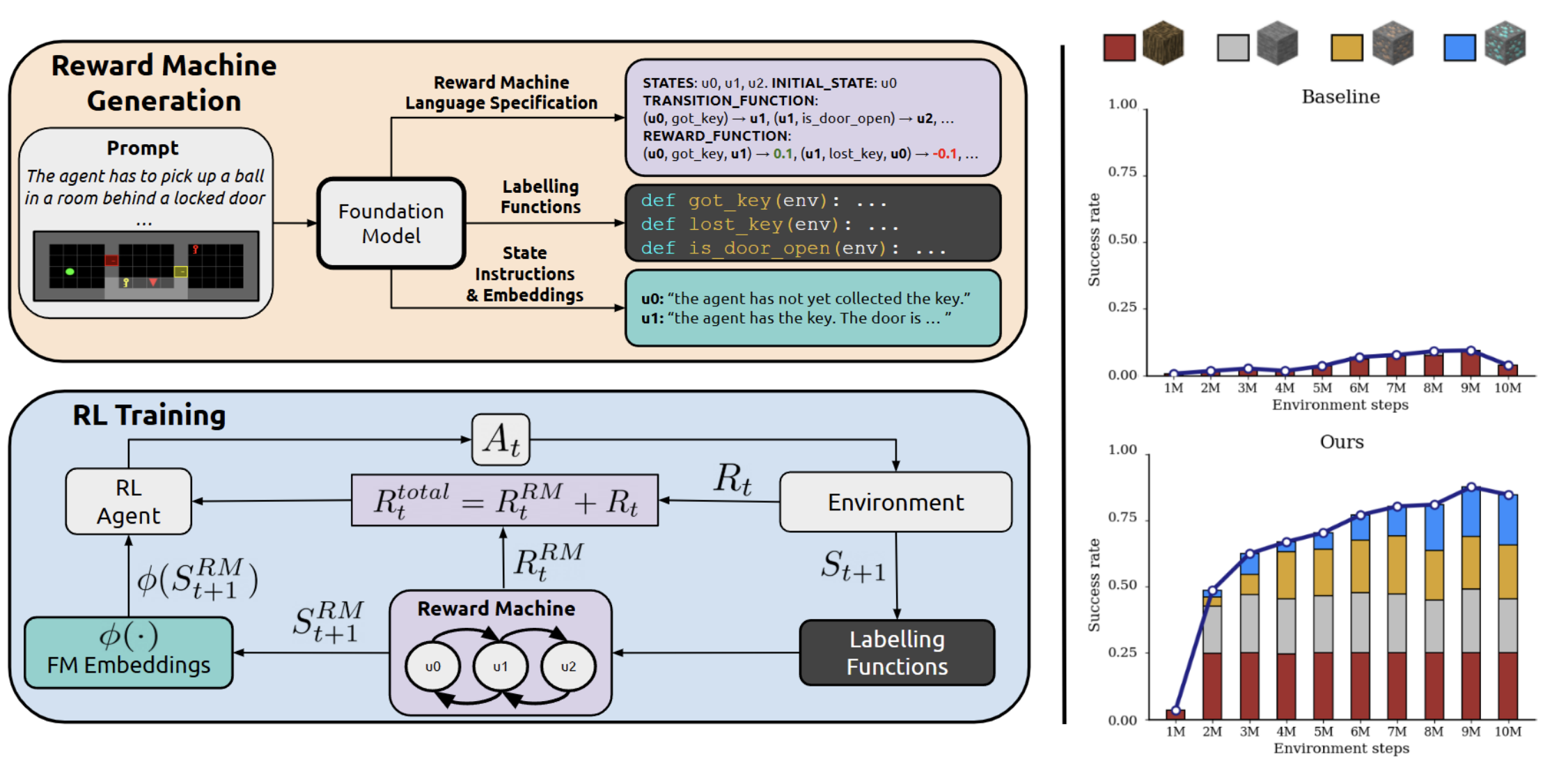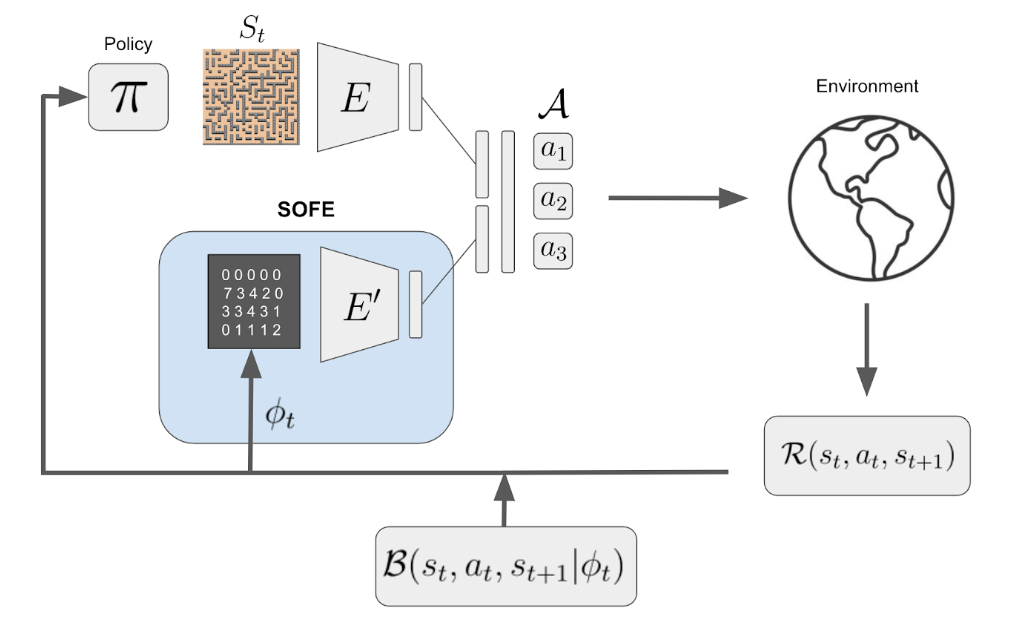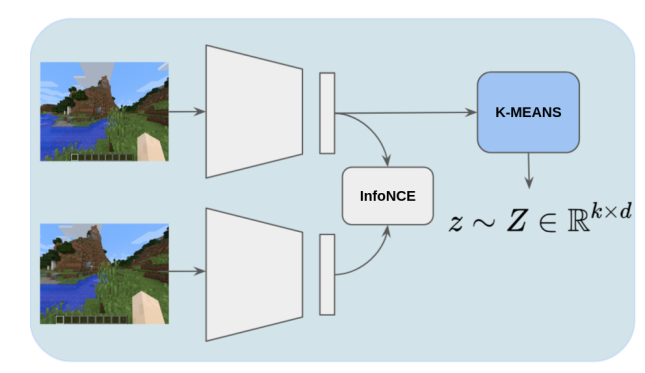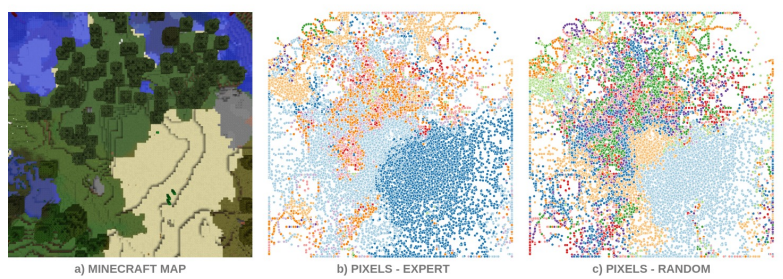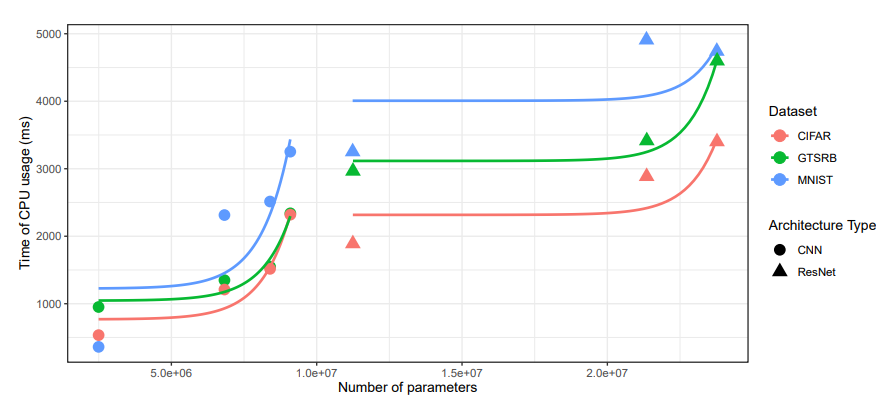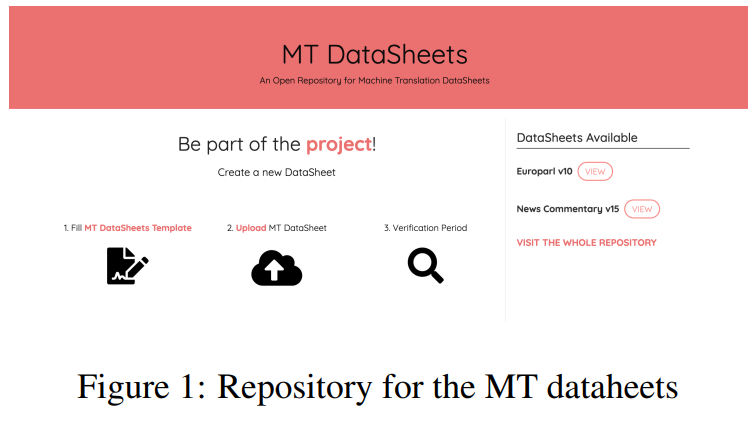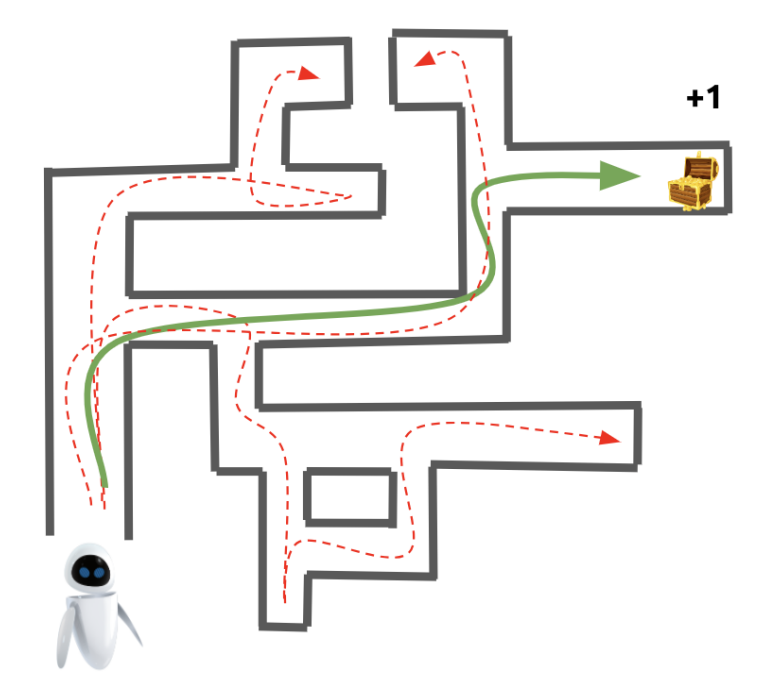About me
I am a PhD student at Mila Québec & University of Montréal since Fall 2024, working with Professors Pablo Samuel Castro and Glen Berseth. I obtained my MSc at Mila Québec & University of Montréal in Montréal, Canada and my BSc in Data Science and Engineering at Universitat Politècnica de Catalunya (UPC) in Barcelona, Spain.
From Barcelona, Spain
Currently in Montreal, Canada
Research
My research centers on general, autonomous agents built on Deep Reinforcement Learning (RL) and Foundation Models (LLMs, VLMs). I explore how to integrate the structured learning and adaptability of RL with the broad priors and reasoning abilities of foundation models — using them to improve exploration, credit assignment, and skill discovery. I'm particularly interested in how RL can make foundation models more agentic, unifying reasoning and control for general-purpose AI agents.

